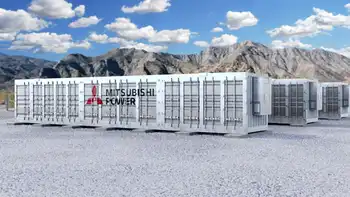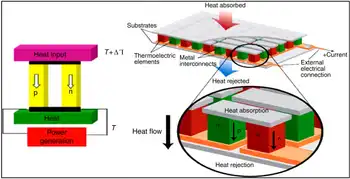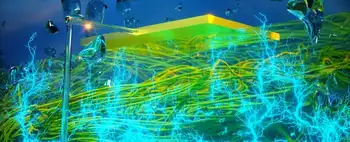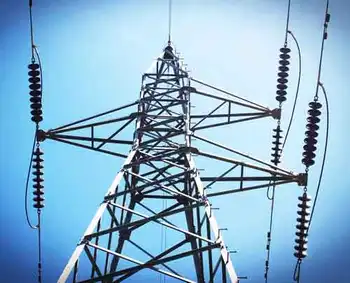Stadiums turn to sun for savings
SEATTLE, WASHINGTON - Solar panels in Seattle? Makes about as much sense as sunscreen or shades.
Yet that's exactly what you'll find at Qwest Field, home to the NFL's Seattle Seahawks and the Seattle Sounders of Major League Soccer. Vast arrays of panels are helping the building to offset double-digit percentage increases in electric rates.
You'll find similar scenes at stadiums across the country, not just at Staples Center in sunny Southern California or US Airways Center in the Arizona desert. Solar panels are popping up in cold-weather climates such as Pittsburgh and Cleveland, too, part of an emerging trend toward renewable energy in sports that is friendly for both the environment and the bottom line.
"You expect solar on the Staples Center," said Darryl Benge, assistant general manager of Qwest Field. "But despite our town's reputation for rainy weather, we are excited to generate some of our own electricity and show that renewable energy can work everywhere."
Yes, even in Seattle, where it's cloudy an average of 201 days per year.
Benge took advantage of a comprehensive solar development guide produced by the National Resources Defense Council and Bonneville Environmental Foundation this summer that outlines the work necessary for stadiums to add solar power generation to their energy mix. It includes everything from the initial energy audit to available incentives for solar energy.
Last month, Major League Baseball, MLS, the NFL, NBA and NHL also delivered letters to each of their teams encouraging the use of solar power at their facilities.
"It's fair to say that we as a league are acutely aware, and I believe other sports leagues are as well, that we all need to be responsible stewards of the planet, and having practices that encourage preservation of the environment is both good for the environment and probably smart business in the long term," NHL Commissioner Gary Bettman told The Associated Press.
"We have a special connection," Bettman added in a phone interview, "because our game has its origin on frozen ponds. That's where many of our players first got on their skates."
The issue of climate change struck home — quite literally — for Bettman when he looked at the lake near his home in Vermont one winter day and realized it wasn't iced over like usual.
"We don't get to skate out there as much as we used to," he said.
Sports remains a business, though, and it must make financial sense for teams to install solar panels, balancing the upfront expense against the long-term savings in energy costs.
At Staples Center, 1,727 of them have been installed on the roof of one of the busiest buildings in sports, home to the Lakers and Clippers of the NBA, Sparks of the WNBA, Kings of the NHL and other events. More than $3 million worth of panels create enough energy to eliminate about 10,000 tons of carbon dioxide and other greenhouse gases each year, the NRDC said.
The US Airways Center installed 1,125 panels on its parking garage in 2009, helping to offset the energy usage of the Phoenix Suns, while Fenway Park's modest array generates 37 percent of the electricity used to heat water throughout the nearly 100-year-old ballpark.
Pocono Raceway in Long Pond, Pa., recently flipped the switch on an ambitious $16 million, 25-acre solar farm that produces enough energy to power the track and about 1,000 homes. It is estimated that the farm will save the auto racing facility between $300,000 and $500,000 in electricity costs each year, track president Brandon Igdalsky said.
"Hopefully we can be the catalyst for something big in American sports," he added.
The most recent example of solar stadiums was unveiled Thursday night, when the Pittsburgh Penguins opened the Consol Energy Center against the Philadelphia Flyers.
The 18,087-seat structure is the first LEED gold-certified arena in the NHL. The designation for Leadership in Energy and Environmental Design is the second highest awarded by the U.S. Green Building Council to structures that have been planned and built using environmentally friendly practices.
And yes, even where the average high in January is 37 degrees, there are solar panels.
"The ecological footprint for professional sports is not gigantic, but the cultural iconic influence of sports is almost unparalleled," said Dr. Allen Hershkowitz of the NRDC. "We need to merge the culture of science with the culture of sports if we want to get the message out."
The use of solar energy is part of a larger initiative by the NRDC and American pro sports.
A software tool was recently rolled out by Major League Baseball to help document energy, water, waste and recycling at ballparks, and the NRDC also created a "greening advisor" website for baseball that won an award from the EPA. It gives teams suggestions on how to save money and aid the environment on everything from choosing vendors to transportation and recycling.
"People don't go to the sporting event thinking about the environment, but when they see messages on the scoreboard, messages about environments, when we send out green teams, little by little the message comes out," Hershkowitz said. "This is not a fringe activity perpetrated by people on the left and right coast. It's a mainstream issue."
Related News

San Diego Gas & Electric Orders Mitsubishi Power Emerald Storage Solution
SAN DIEGO - San Diego Gas & Electric Company (SDG&E), a regulated public utility that provides energy service to 3.7 million people, has awarded Mitsubishi Power an order for a 10 megawatt (MW) / 60 megawatt-hour (MWh) energy storage solution for its Pala-Gomez Creek Energy Storage Project in Pala, California. The battery energy storage system (BESS) will add capacity to help meet high energy demand, support grid reliability and operational flexibility, maximize use of renewable energy, and help prevent outages during peak demand.
The BESS project is Mitsubishi Power’s eighth in California, bringing total capacity to 280 MW / 1,140 MWh…




